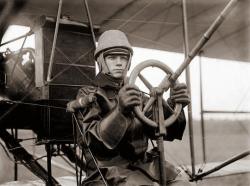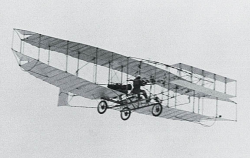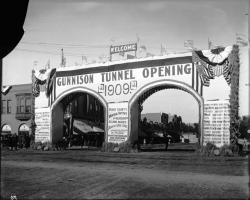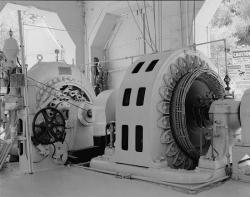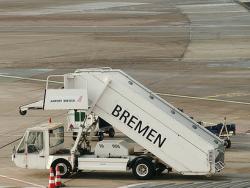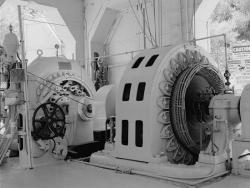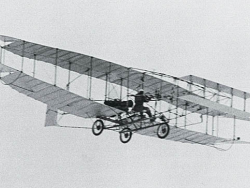College Park Airport was founded in 1909 when the Wright Brothers came here to train the first military officers to fly in the givernment's first airplane. The airport is the oldest continuously operated airport in the world, and has come to be known as "The Field of Firsts" due to it being the location of a great number of groundbreaking achievements, such as:
1909: First woman passenger to fly in the United States


